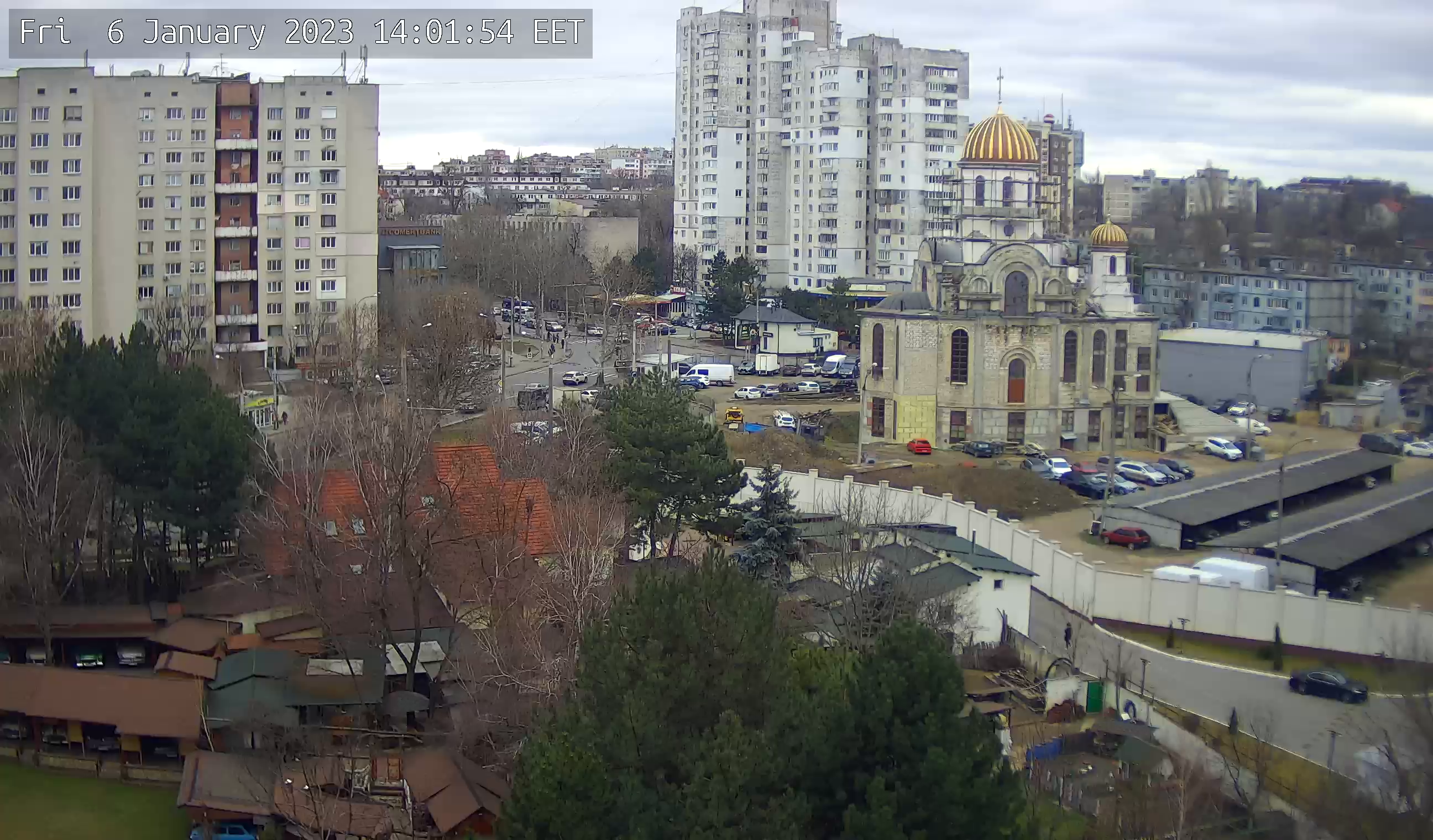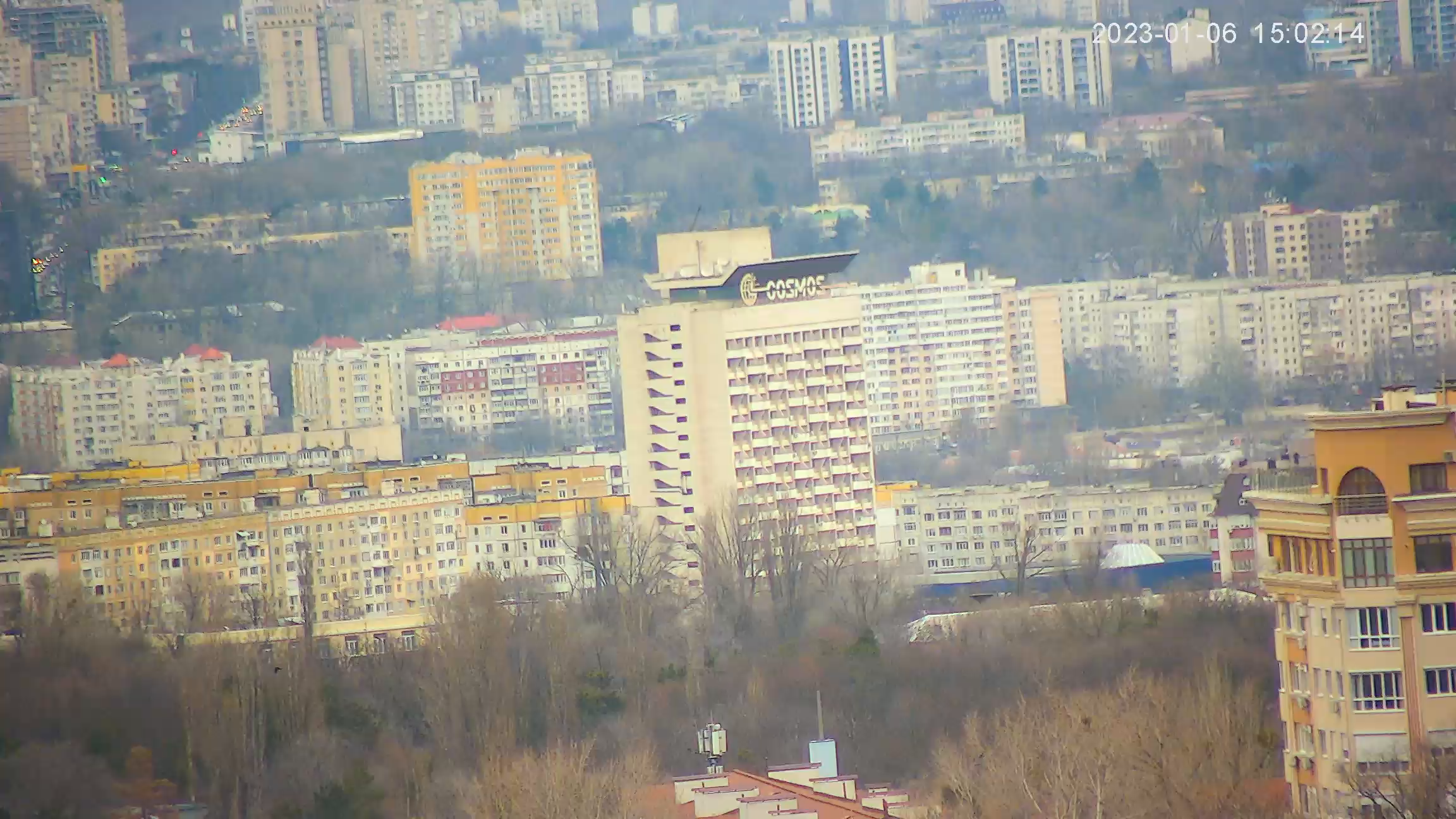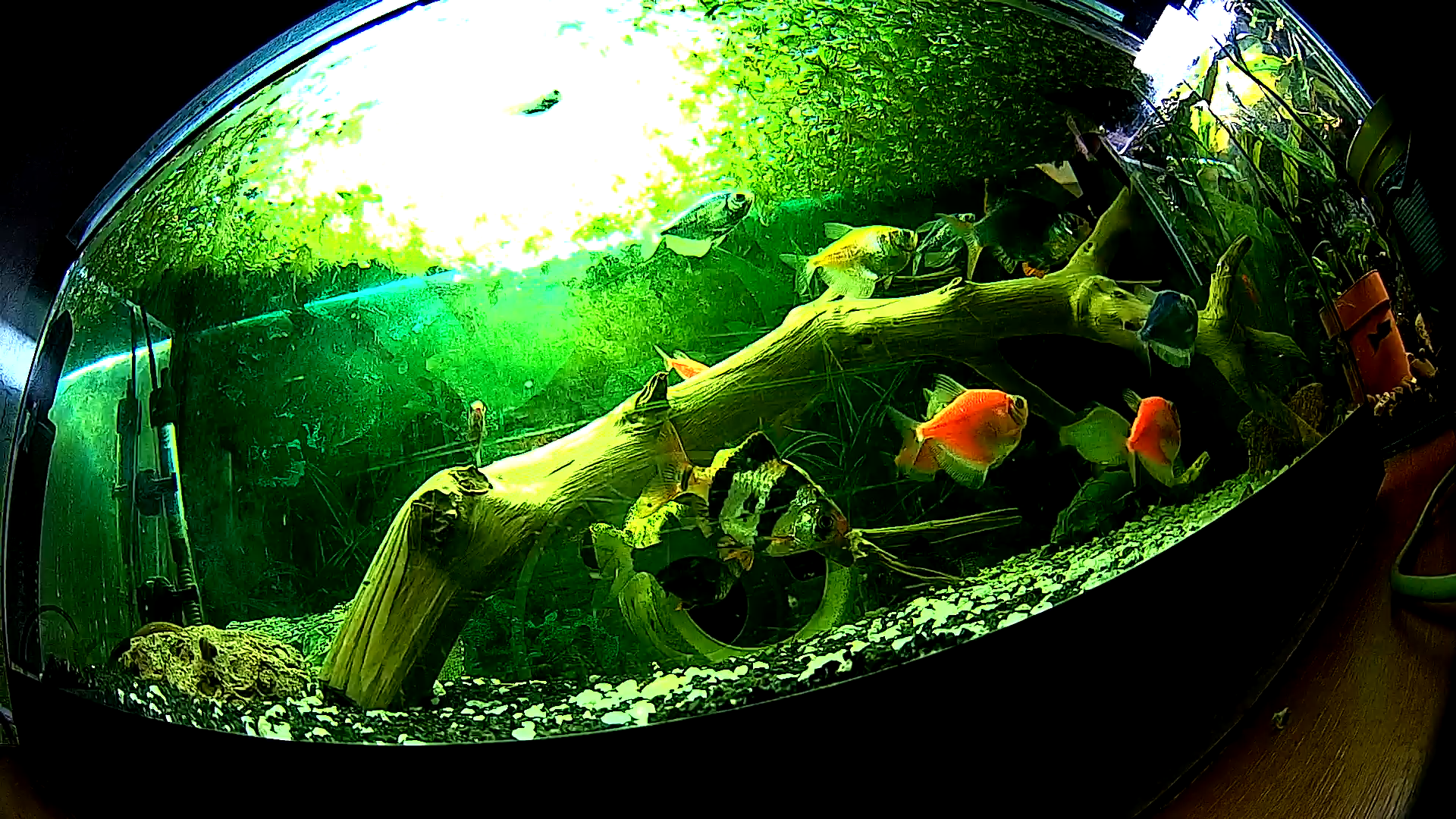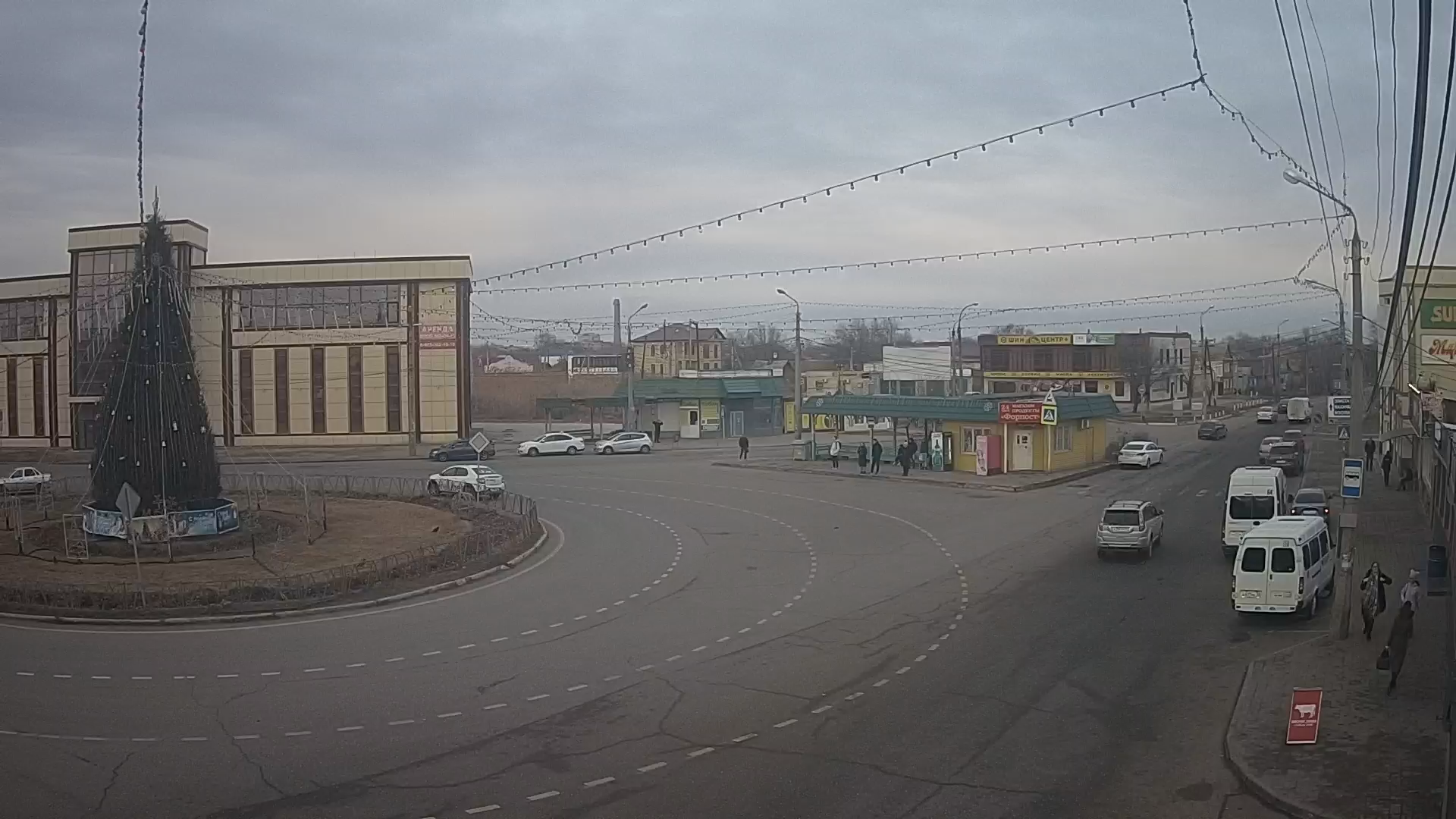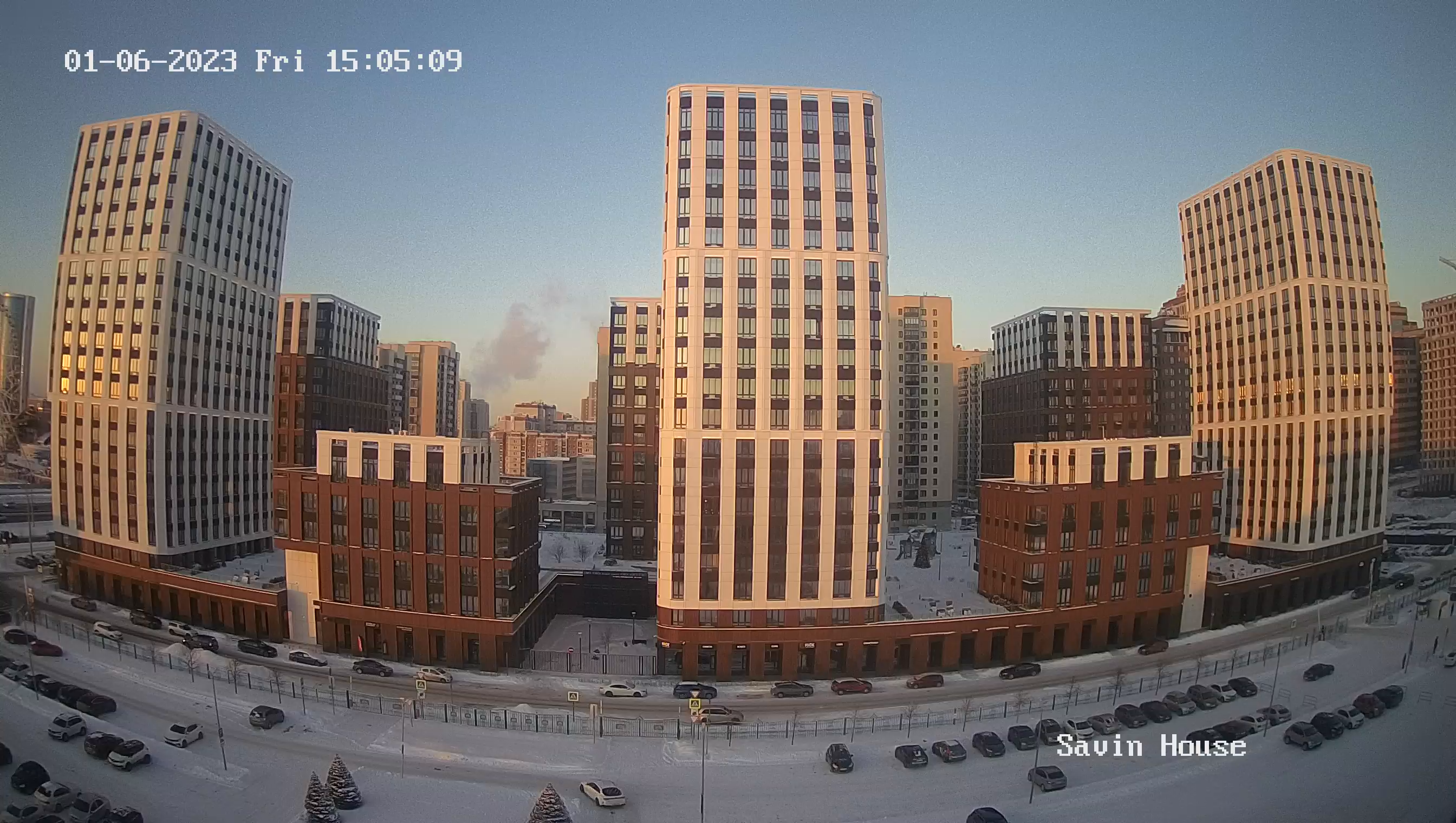Webcam Zhyvets. Market Square
Żywiec is a town in southern Poland, located near Lake Żywiec. The city first became known in the fourteenth century after the construction of the castle here. During its existence the castle has undergone several restorations and at different times the building had elements of several styles from Gothic to Baroque. After the reconstruction in the 17th century, the territory of the castle extended to 260,000 square meters and included an exquisite landscape park, which was created in the 17th century.
Żywiec had belonged to the Duke of Teschen since 1315, and in 1457 it passed to the Polish crown. During the Swedish invasion in 1656 Żywiec was looted and destroyed.
After the first partition of Poland in 1772, Żywiec became part of the Kingdom of Galicia. In 1810 the town was bought by Prince Albert of Saxony, son of King Augustus III. After the prince's death in 1822, Živec became part of the Habsburg House, after which a brewery, a railway station and many public buildings were built here.
Živec was destroyed during the Second World War and it was restored in the 1850s.
Nowadays the town has partially preserved its unique architecture. The old neo-Gothic castle works as a city museum. The Cathedral of the Blessed Virgin Mary, founded in the middle of the fifteenth century, today is of interest to visitors to the city. In addition, the old cemetery from 1591 and the railway station building, rebuilt in 1912 in the Art Nouveau style, are preserved in the town.

